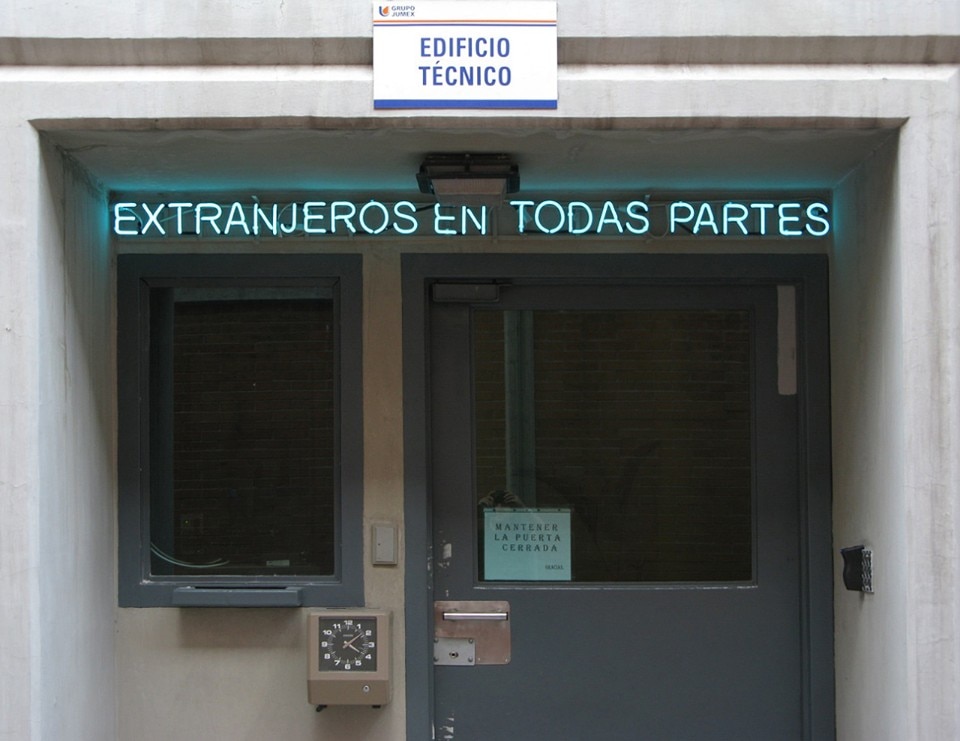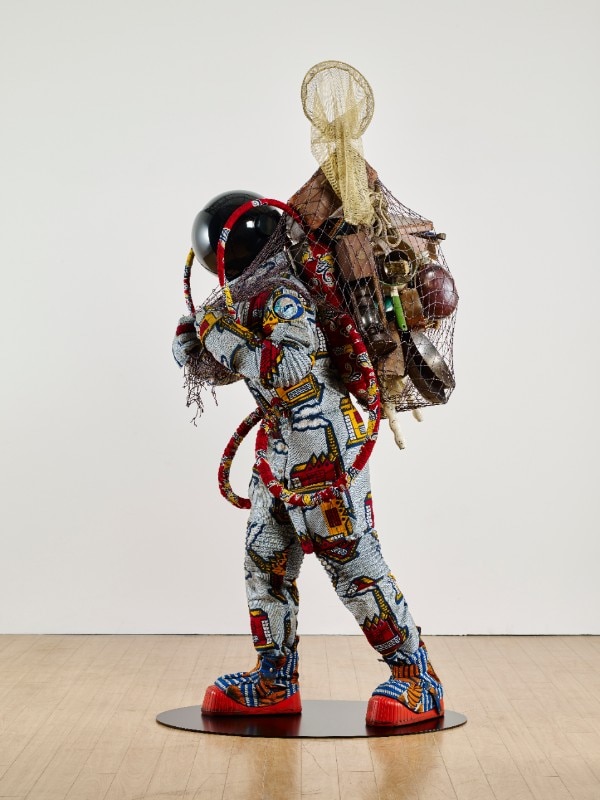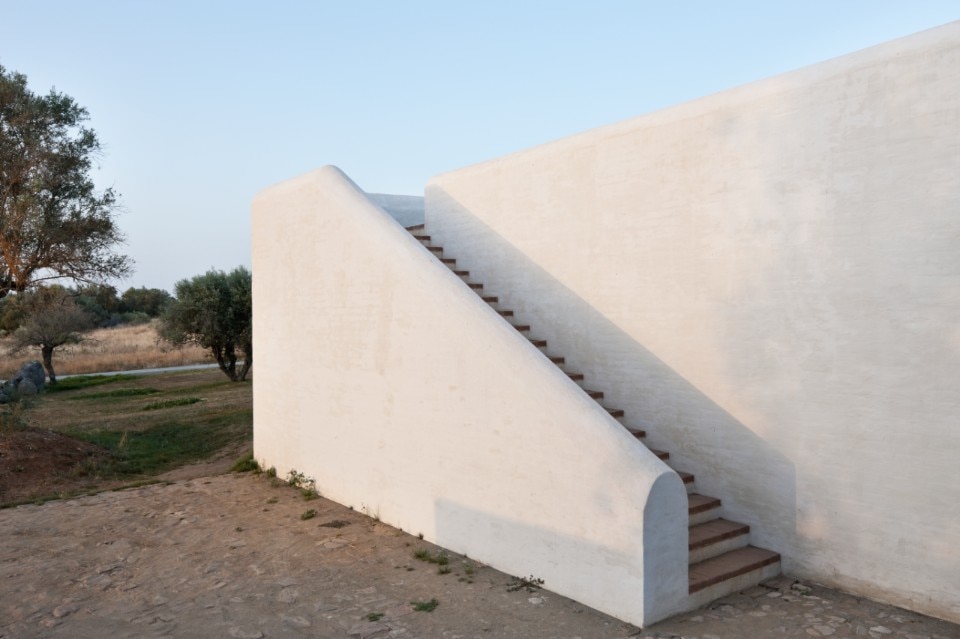Foreigners, immigrants, expatriates, diasporic individuals, exiles, refugees, but also queer, indigenous, and cultural minorities: Adriano Pedrosa's Venice Biennale presents the artistic expression of those who have been considered outsiders at least once, narrating how the decolonial gaze is increasingly becoming an urgent need today.
“Stranieri Ovunque – Foreigners Everywhere” is the chosen title for the 60th International Exhibition to be held in Venice from April 20 to November 24, 2024.
“The expression,” explains Adriano Pedrosa, the first South American curator of the Exhibition, “has at least a dual meaning. Firstly, it intends to convey that wherever one goes and wherever one is, strangers will always be encountered: they are/we are everywhere. Secondly, regardless of one's location, deep down, one is always truly a stranger to oneself.”

With the participation of 90 countries, along with 30 collateral events and 332 artists on display, this year’s edition aims to become an observatory of diversity, reflecting on the processes that define the other as “foreign”: colonialism, tourism, gentrification, and exclusion.
Pedrosa’s research starts with language, extending the concept of Foreigner to include the “stranger”. “Stranieri Ovunque” is also the title of the neon sign created by the French collective Claire Fontaine and presented at the exhibition. Produced in different versions since 2004, the artwork illuminates the phrase that gives the title to this Biennale in various languages, 53 to date, including now-extinct indigenous languages.

For the first time, the exhibition is divided into two parts: “Nucleo Contemporaneo” with artists of our time and “Nucleo Storico” with 20th-century works from various regions of the world, “a curatorial exercise that questions the boundaries and definition of modernism” and includes a special section on the diaspora of Italian artists.
Among the exhibited works, those of Anna Maria Maiolino and Nil Yalter stand out, both awarded the Golden Lion for Lifetime Achievement and both making their first appearance: Maiolino will present a new large-scale work typically made of clay, while Yalter will propose a new version of the installation “Exile Is a Hard Job” and her well-known mobile home titled “Topak Ev.” MAHKU Collective, a Brazilian indigenous collective, will create a monumental mural on the iconic white facade of the Central Pavilion, while MATAAHO Collective, a Maori collective from New Zealand, will present an installation in the first space of the Corderie.

Also particularly interesting is the introduction of a special section curated by Marco Scotini, titled “Disobedience Archive” and dedicated to the relationship between artistic practices and activism, presenting the work of 39 artists with films and videos addressing themes from diaspora to gender disobedience.
As always, the Italian Pavilion remains highly anticipated, and from October, there seem to be no major changes: created by the artist Massimo Bartolini, curated by Luca Cerizza, the project titled “Due Qui/Two Here” will explore ways to build community through listening practices, including contributions from various musicians and writers.
The International Art Exhibition of the Venice Biennale is supported by partners Swatch and Illy Caffè, sponsors American Express, Bloomberg Philanthropies, Venezia Unica, and by Rai, the official media partner of the event.

Opening image: Louis Fratino (Maryland, United States, 1993 - Lives in New York) Metropolitan (2019) Oil on canvas 152.4 × 240.7 cm © Louis Fratino / Courtesy of Sikkema Jenkins & Co., New York

Klimahouse 2025: twenty years of sustainability
Now in its 20th edition, the international trade fair dedicated to responsible construction, energy efficiency and building renovation will be held in Bolzano from 29 January to 1 February.





